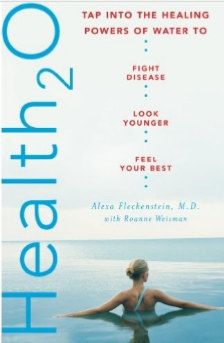The World Health Organization has determined the H1N1 outbreak is a pandemic. That in itself is not a measure of the severity of the so-called “swine flu” – just of its dispersion now into Australia, too. I asked Alexa Fleckenstein, M.D., to comment about ways to protect oneself. Here is her advice—which should, of course, never replace a consultation with your doctor or health care professional. Always check before taking any over-the-counter or herbal supplements to make sure they are right for you. In addition, there are several ways to use water, including saltwater rinses, to protect yourself from viruses, explained here.
So far, the swine flu has been mild – lethality does not even reach that of “normal” flu outbreaks which kill more than 30,000 people every year. The unfortunate people, who die, usually have underlying diseases which compromise their immune systems. The fear is that this flu might mutate like the 1918/19 flu did, and come down on us the second time around with a vengeance. Normally, mutations are such that the virus dies out–and it would be an extremely rare event that it would mutate into a much stronger strain. Nevertheless, that is the thinking behind taking the swine flu seriously now–mostly to observe it evolve (or perish).
Advice From Dr. Alexa (but always check with your doctor first)
Meanwhile, get enough sleep, take your herbs, eat plenty of vegetables, drink warm water and/or herbal teas. And it is never too late to start challenging your immune system with daily cold showers – unless you are already coming down with something.
Another anti-viral concoction I want to share with you is the Chinese Jian Qiao Jie Du Pian or Isatis 6, also called Honeysuckle-Forsythia Detoxifier. It might be a good idea to have some of those pills at hand when you get sick (get them from a reputable source). During the next H1N1 outbreak – or any seasonal viral disease that might come along.




